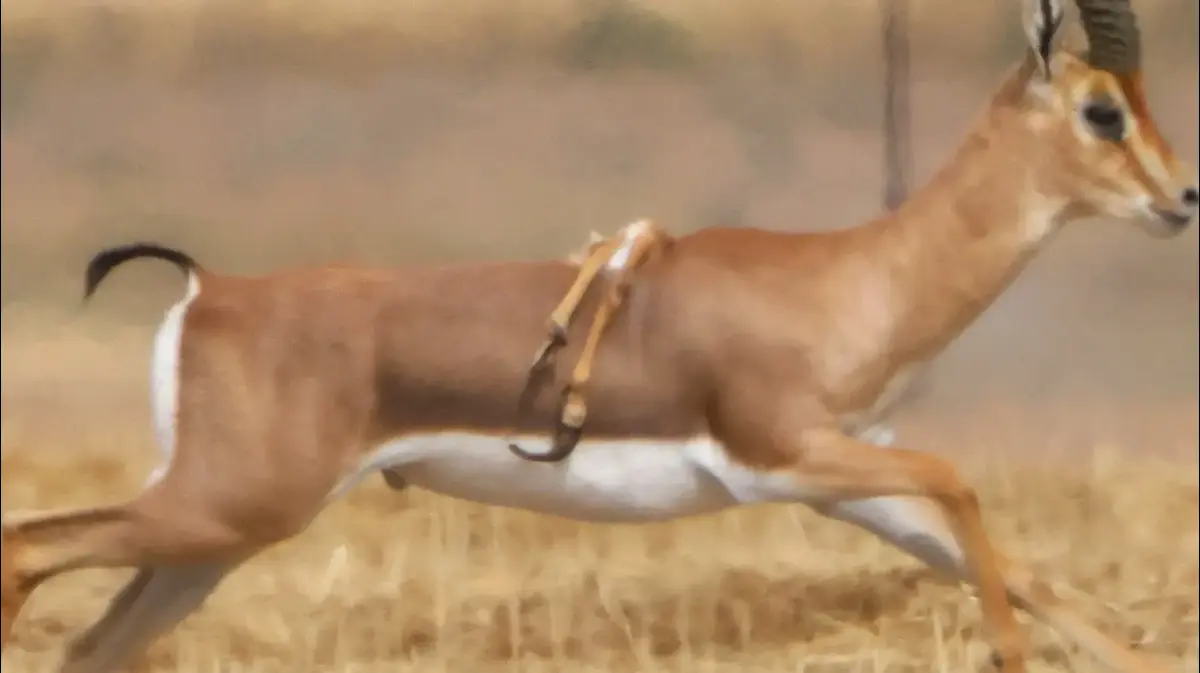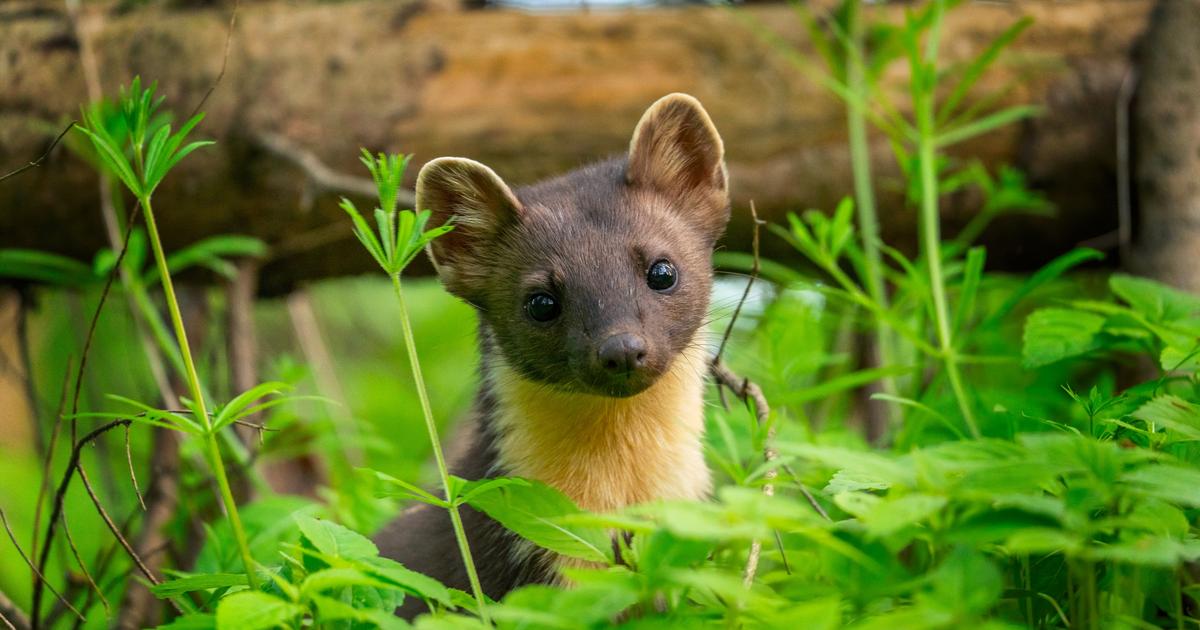By Christina Larson - AP
Despite a couple of conservation success stories - like the dramatic increase in the bald eagle population in North America - birds of prey are in decline around the world.
A recent analysis of data from the International Union for Conservation of Nature and BirdLife found that
30% of 557 predatory species are considered threatened, vulnerable, endangered or endangered
.
The researchers found that the survival of 18 species, including the Philippine eagle, the hooded vulture and the Annobon island owl, is critical.
Others could disappear from specific regions, which means that they would no longer play determining roles as predators in those ecosystems, said Gerardo Ceballos, a bird specialist at the National Autonomous University of Mexico and co-author of the study published this Monday in the journal
Proceedings of the National Academy of Sciences.
"The golden eagle is the national bird of Mexico but there are very few left in the country," he
lamented.
A 2016 census estimated that there are only about 100 pairs that can reproduce.
Seven states are on alert for poor air quality due to wildfires
Aug. 26, 202100: 38
Harpy eagles, previously dispersed between southern Mexico and Central and South America, have potentially reduced their presence due to logging and forest fires.
Of the birds of prey that hunt during the day - including most hawks, eagles and vultures - 54% are declining in population, the study found.
The same happens with 47% of nocturnal birds such as owls.
That means "the factors that are causing the decline have not yet been remedied" and those species need immediate attention, said Jeff Johnson, a biologist at the University of North Texas, who was not involved in the cited research.
The biggest
threats to these birds are the disappearance of their habitats, climate change and toxic substances
, explained Evan Buechley, a research associate at the Smithsonian Migratory Bird Center and a scientist at the nonprofit HawkWatch International who was also not involved in the study.
Of the birds of prey that hunt at night, including owls, 47% are declining in population, the study found (Photo by Jens Kalaene | picture alliance via Getty Images) dpa / picture alliance via Getty Images / dpa / picture alliance via Getty Images
The insecticide DDT (dichloro diphenyl trichloroethane) weakened egg shells and decimated the bald eagle population in North America, which is why it was banned in 1972 in the United States.
Buechley insists there are other threats that persist, including rodent pesticides and lead in bullets and pellets because many raptors prey on dead animals.
The Andes condor is disappearing due to exposure to pesticides, lead and other toxic substances, warned Sergio Lambertucci, a biologist at the National University of Comahue in Argentina.
The widespread use of an anti-inflammatory drug in livestock
caused the rapid decline of vultures in South Asia.
The birds died after feeding on carcasses which, in recent decades, decreased the population of some species by as much as 95%.
In East Asia, many birds of prey migrate long distances: they breed in northern China, Mongolia or Russia and travel along the eastern coast of China to stay for the summer in Southeast Asia or India.
[Planet Earth: Thousands of mollusks die in the heat wave on the Canadian Pacific coast
]
"In some areas of the coast, 30 to 40 species can be seen during the peak of migration," said Yang Liu, an ecologist at Sun Yat-Sen University in Guangzhou, who was not involved in the study.
East China is also the most populated and urban area in the country, with strong pressures for development.
"We must protect the places that are bottlenecks in terms of migration, because that is where thousands of birds pass," he said.
Of the 4,200 sites that conservation groups have identified as "critical" for birds of prey globally, most "are unprotected or partially covered by nature reserves," said Stuart Butchart, lead scientist at BirdLife International in the UK. United.
A study published in the journal Biological Conservation in 2018 found that
52% of all species of raptors in the world have declined in population.















